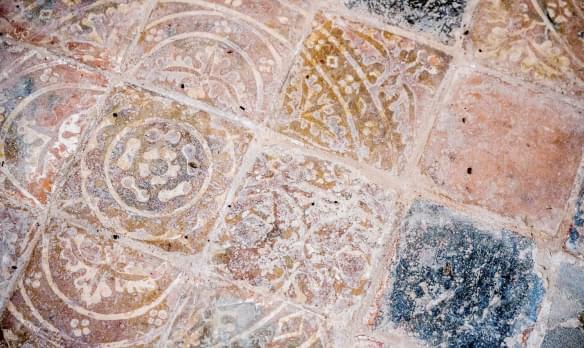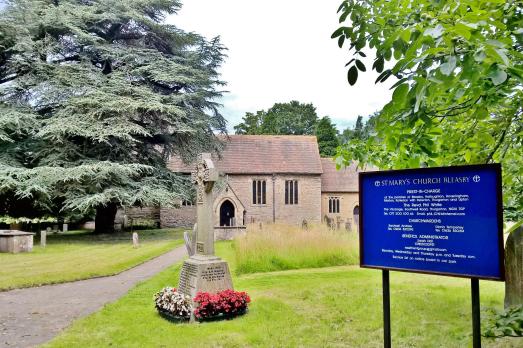
St Margaret of Antioch
Bodelwyddan, Denbighshire | LL18 5UR
Known as the Marble Church, the church tower at 62 metres high, is a landmark visible from miles around.
Search for a fascinating place to visit, or see the variety of churches, chapels and meeting houses we have supported.

Bodelwyddan, Denbighshire | LL18 5UR
Known as the Marble Church, the church tower at 62 metres high, is a landmark visible from miles around.

Butterton, Staffordshire | ST5 4EB
We have supported this church

Bestwood Park, Nottinghamshire | NG5 5PF
The church was built with money from a grant from the Joseph Rank Benevolent Fund.

Bleasby, Nottinghamshire | NG14 7GB
The church has an idyllic setting within a quintessential English country churchyard.

Bleasby, Nottinghamshire | NG14 7GB
The church has an idyllic setting within a quintessential English country churchyard.

Baumber, Lincolnshire | LN9 5NF
An unusual and fascinating church, effectively a medieval church encased in a Georgian red brick shell in 1758, St Swithins still holds many treasures inside its walls and the trouble taken to obtain the key and open the Norman west door is well worth the effort.

Scamblesby, Lincolnshire | LN11 9XL
Situated at the highest point within the village, enables you to get the most fantastic views of the Lincolnshire Wolds, the Viking Way and the rolling countryside.

Hope, Flintshire | LL12 9PH
The church at Hope has its origins in the 12th century; it has many well documented historical features which provide interest but manage not to dominate the church or destroy the peaceful atmosphere which so many visitors comment on.

Grimoldby, Lincolnshire | LN11 8SW
Delightful 13th century church nestling in a village on the edge of the Lincolnshire Wolds with dragon fighting angels looking down from the nave roof.

Falkirk, Central | FK1 5AT
We have supported this church

Peel, Lancashire | IM5 1HH
Our Cathedral is home to a wealth of treasures, including a priceless selection of Knox silverware.

Bestwood, Nottinghamshire | NG5 5GH
The church was designed by Vernon Royle, who was much influenced by Sir Basil Spence’s three churches in Coventry.